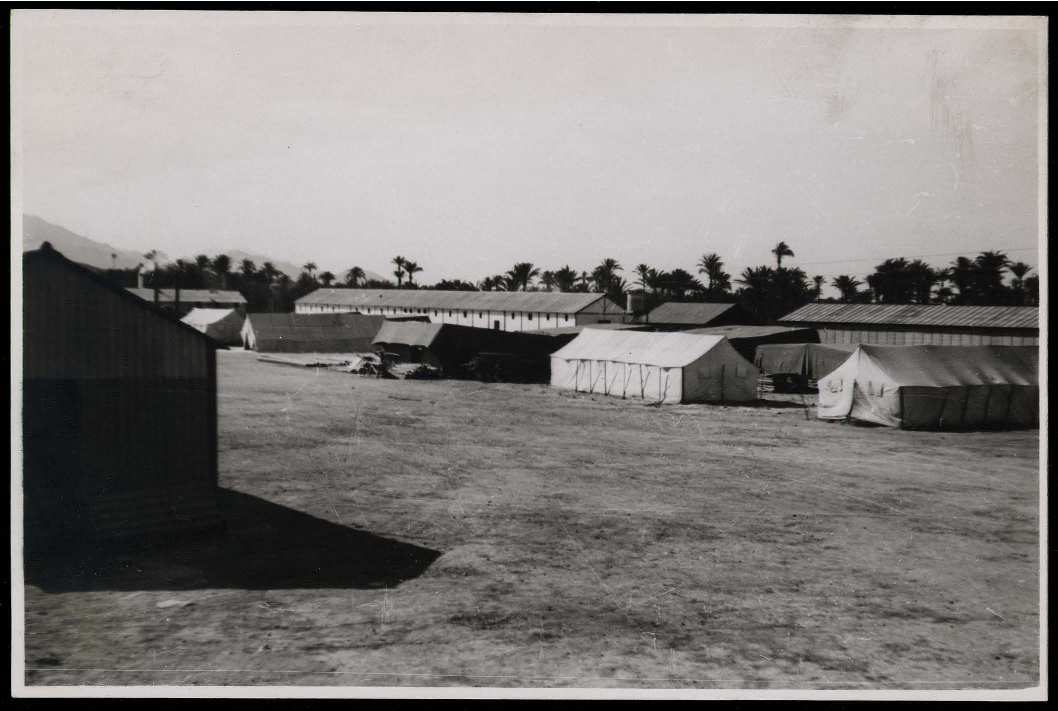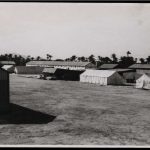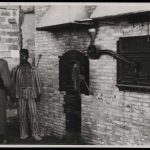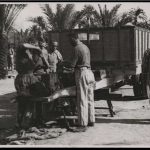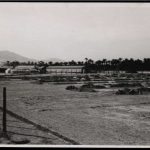As we approach our annual period of Remembrance spare a thought for the horrors suffered by more than 15,000 people on our doorstep in San Isidro, where at least one mass grave has been located, the results of a recently published study carried by local archaeologist Felipe Mejías.
Can you imagine being without food or water for four days and then having to share a small can of sardines and a piece of bread on the other three days of the week?
This was the plight of over 15,000 people as they remained incarcerated in the Albatera concentration camp for over 6 months following the Spanish Civil War.
Huddled together in subhuman conditions, and victims of torture, many had previously held important positions in the government of the Republic; mayors, civil governors and political commissioners, as well as former members of the military, journalists, trade unionists and artists, who were captured in the port of Alicante as they tried to leave Spain on the British ship SS Stanbrook, on March 28, 1939, two days before the end of the war.
These are the results from only part of a study published by the archaeologist and historian Felipe Mejías – within the Inter-University Chair of Democratic Memory of the Valencian Community of the universities of Alicante, Valencia and Jaume I of Castellón in conjunction with the Ministry of Justice.
Mejías says that, without hesitation, Albatera was the most important concentration camp of the Franco era. Now in the municipality of San Isidro, there were countless people who died, both from hunger, from illnesses and many more who were executed, because of their republican status.
Despite the Civil War ending on 1 April the concentration camp remained open between April 6, 1939 and October 27 of that year.
Mejías was the first investigator to obtain reliable testimonies from residents in the area who not only told him what their parents and grandparents had told them previously about the concentration camp, but also where the human remains had been found by people working in local fields.
Thanks to the testimonies, the archaeologist has been able to determine that, there is at least one large mass grave and many small graves on the site where the concentration camp was located, specifically just outside the fence of the main camp in an area that occupied an extended plot of 700 metres long and 200 metres wide.
“There were buildings in front of the fence, so the prisoners never knew that those who died were buried there, they only saw bodies being taken away in trucks, or they heard the shots of the executions, but they did not know where the bodies were taken,” he says.
“Now I have 4 reliable verbal testimonies from people who have told me how bones and corpses were found in these areas,” he says. “One of the farmers told me that 60 years ago a skull was uncovered by a tractor when his father was working the land. It is not the only find. In the same area a femur and an arm were also discovered.”
But, without a doubt, the testimony that caused the most impact and that resulted in the conclusion that there was a common grave, was that of a field labourer, now retired, who told him that in 1977 during work to lay irrigation pipes in the area previously occupied by the concentration camp, two bodies were discovered coated in a grey crust, thought to be quicklime.
“The most shocking thing was that they immediately covered over the ditch, because they were told to do so by the foreman. They then promptly opened another channel 10 metres away where more bodies were discovered and there were even more 12 metres further along. When he told me about it, I got really excited,” says the archaeologist, who explained that “this shows that there is a large pit in the area containing many corpses and now it will be necessary to carry out excavation work using geo radar to locate the bodies”.
Compromís has now presented a proposal to the Congress of Deputies for the area to be protected as a space for memory and thus the work can now be carried out, with the authority of by the National Historical Memory Law and the recently approved Autonomous Democratic Memory Law.

